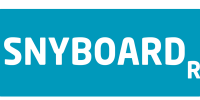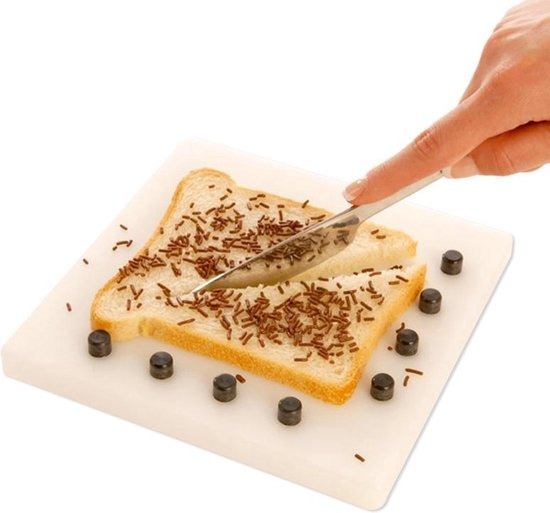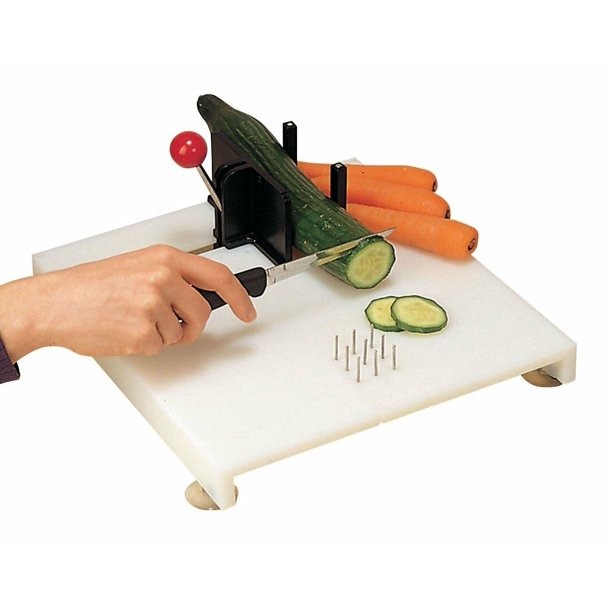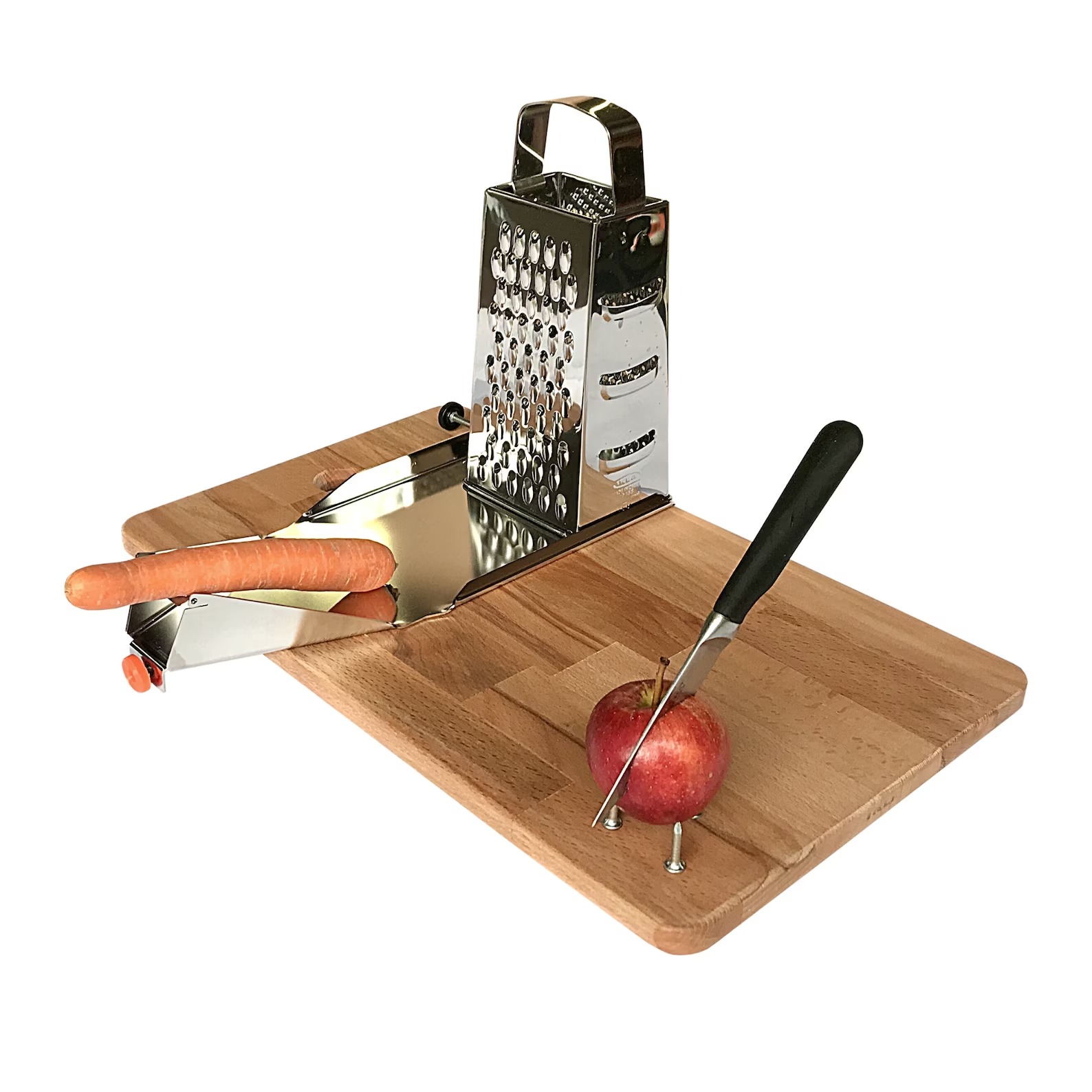Research
The first phase of the project was research. A context mapping study was done. This page contains some of the most important insights gained from literature, an interview and observation. To view the full context mapping report click the link below.
Included in this research phase was insight into the condition of the co-designer (hemiparesis), assistive technology, co-design and human-centred design. Further market and ergonomic research which was done during the design phase is also included.
Context Mapping
The case person has partial paralysis on the left side of the body. Usually, people with this diagnosis need a caregiver. Many caregivers suffer from depression since caring takes most of their time, and diagnosed people are frustrated because they cannot be sufficiently independent. All of that creates an unhealthy environment for people with paralysis. The solution is to empower the person with paralysis as much as possible. Our case owner does not have a caregiver, but they use a cleaning service. A person’s behaviour within the home environment and what challenges the person meets can be observed during interviews and co-designing sessions at their house.
Condition (Hemiparesis)
The reduction of muscular function in a segment of the body is known as paralysis. It occurs when there is a problem in the transmission of signals between the brain and muscles. There are several levels of paralysis: complete and incomplete. That could happen on one or both of the body’s sides. It may either be localised or broad, depending on the situation. Hemiplegia is when only one side of the body is affected. The majority of paralysis cases result from strokes, multiple sclerosis, cerebral palsy, accidents such as broken necks or spinal cord injuries etc.
In the case of our co-designer, ischemic stroke was the cause: stroke appeared due to a decrease in blood flow to a certain area of the brain. The typical symptoms are described in the Persona section.
From this diagnosis, the co-designer has different difficulties in movements. One of them is extending the fingers of their left hand. The case owner wanted our team to focus on that problem. In order to find a solution different physiotherapy techniques were researched. During this research it was found that it is dangerous to apply external force on the left hand otherwise it will worsen the muscle work and make them stiffer. This insight was the main reason why our team decided to change the initial design challenge and move in another direction.
Existing Tools Research
There is a big variety of products on the market that help people who suffered a stroke. Some examples are robotic gloves that help train the muscles and assist a person with basic hand movements. Another option to help recover from the paralysis is to use electrical stimulation. A device used for this type of therapy is a handheld device with patches which can be placed on the patient. Another satisfying and technological solution to help mobility for paralyzed people is an exoskeleton. This product can help with structure, mobility and can even protect a user. Some exoskeletons are just legs (lower body), some are to support arms (upper body) and there are even ones that are full body.
All this devices are constructed using advanced medical knowledge which our group does not have. According to the final design challenge, a new type of product was analysed.
Market Research
In order to understand what is already on the market, and what problems such products have, market research was done.
The first product has four rubber legs beneath and eight knobs to fixate the food.
The second board provides the possibility to fixate the product by clamping, and it has nine spikes to fixate food with a circular shape in the vertical direction, for example, an apple.
A third option is a gadget, which should be attached to the board. It provides the use of a peeler and grater, also it has walls to fixate food inside.
Problems:
- Not enough space: some boards fit only to make a sandwich, with no additional functionality and are not worth the price.
- Too massive to put inside a dishwasher.
- Material is not always suitable for the dishwasher.
Assistive Technology
Assistive technology enables people to live a healthy, productive, independent and dignified life in all aspects from education and work to societal inclusion, so our team wants our co-designer to use assistive technology in their daily life. For that purpose, it is essential to think about technology abandonment and technology appropriation during the project.
Design appropriation can be achieved using the following principles:
Allow interpretation: Allowing some aspects of the design/system to be interpreted differently by users. Not everything has to have a fixed meaning.
Provide visibility: Make the function of the product/system obvious so users will likely know the outcomes of actions and do what they like.
Expose intentions: Exposing the intention of the design can have people willingly comply but can also elicit people to deliberately go against it and appropriate it for another purpose.
Support not control: Do not fixate on the product/system to achieve a single task but rather assist the user in completing it. Provide functions to complete the task but do not guide the user through all the steps.
Pluggability and configuration: Allow users to change the structure of the product/system in different ways.
Encourage sharing: Allow users to communicate with other ways in which they have appropriated the product/system.
Learn from appropriation: Observing the appropriation can give insights into possible redesigns to better support newly discovered uses.
Appropriation helps to avoid technology abandonment. Moreover, such things as appropriate dimensional fit for the user, and appropriate fit for the needs were taken into account to make a product capable of long-term use, i.e., not to abandon the product. The product should be comfortable, and it should enable the user to perform the task easily.
The pictures to the left demonstrate the assistive devices at a person’s house. Some of them are not used how it was planned. For example, a walking stick is not abundant because the co-designer has another better interpretation of use. They use it to open windows.

A Cutting board made by co-designer

A Trolley

A Walking Stick
Ergonomic Research
Weight
The right shoulder of the co-designer is traumatised, so it is essential to estimate the maximum carry weight to avoid pain experience. It can be arranged through observations with different objects. The co-designer can carry a full teapot, but this action requires all his effort. It was challenging to hold a kettle steady for a long time period. Consequently, the product should weigh less than 2 kg since most kettles contain an average of 1.5-1.7 litres.
Height
The kitchen counter is 92 cm in height, and since the co-designer has limited upper body mobility, the board dimensions should be analysed in detail.
The maximum desired angle for raising the hand is 60 degrees because raising the hand higher requires more energy and is quite exhausting. The product should be comfortable to use at such an angle, but the less angle is, the more comfortable the use for the co-designer.
Additionally, the space for cooking/cutting is limited. The distance between the wall and the sink is 100 cm. This information should be used in the design process.
Hand dimensions
In case our team wanted to implement a feature with the use of finger touch, its dimensions were collected. 2.5×2 cm. Additionally, the width of the hand is 9cm. Later, we can implement these numbers into design dimensions.
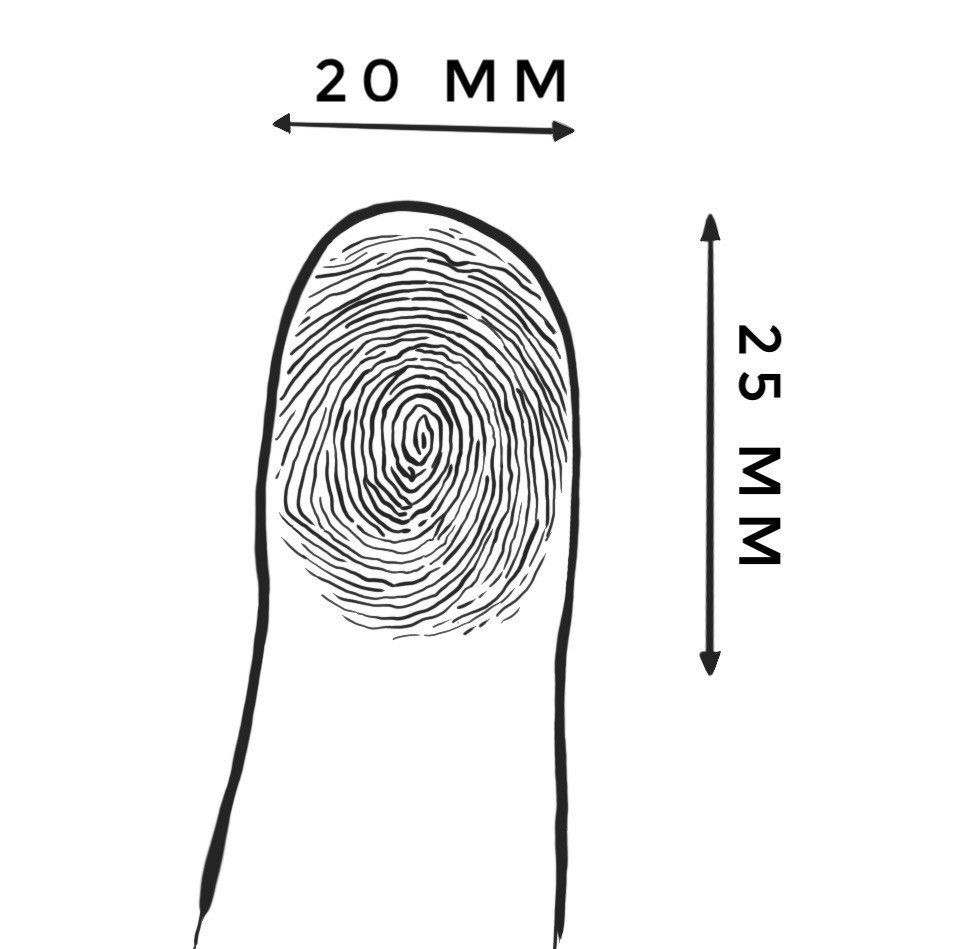
Finger Dimensions

